Review Subscribe
Suunto Spartan Sport Wrist HR

Suunto have a rich history stemming some 80 years and have pedigree in terms of leading the innovation in the endurance /sports watch market and are firm favourites for many athletes who compete in some of the worlds toughest and harshest conditions.
Suunto have introduced step changes to their watch line up over the last few years, in the Summer 2016 the Spartan series was announced and then at CES in Jan 2017 the Spartan Sport Wrist HR was unveiled. This took the 2016 Suunto Spartan Sport and added the Valencell optical heart rate sensor, therefore giving another option to the chest strap HR sensor.
I was able to loan a device for 3 weeks and straight out of the box I was impressed with the quality feel on the device, inside was everything you'd expect.. Firstly the watch itself, it's not a small unit but everything about the device and strap feels and looks great. Also in the box is the usual quick setup guide, warranty info and the USB charging cable which connects with a magnetic clip on the reverse of the watch body, right about the heart rate (HR) sensor. I definitely prefer this type of connection to many of the others out there.
So, as I mentioned above the Suunto Spartan Sport Wrist HR isn't a small device coming in at 50mm x 50mm x 16.8mm / 74 grams and on first wear I did consider it to be a little too big, it is however comparable with devices such as the Suunto Ambit and Garmin Fenix 5. After a couple of training sessions and a road race I was won over by the form factor, the combo option of touch screen with the standard side buttons and hugely customisable display options really complement the larger screen size..
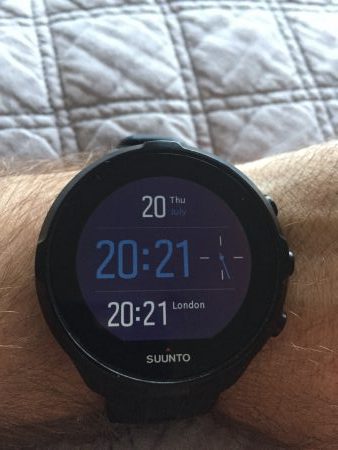
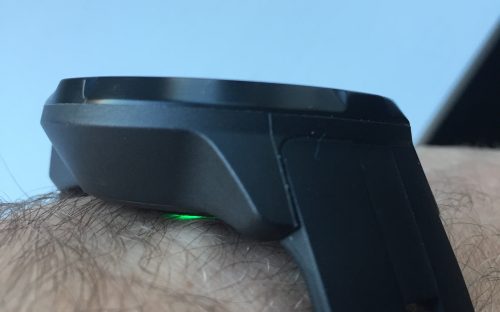
The Suunto Spartan range has many of the smart Bluetooth connected features you would expect such as multi-app notifications, text messages, calls etc and these are all nicely displayed for easy reference and can then be dismissed as you need to from the watch. Other features such as dual time zones, alarm, sportswatch timer, vibration alert and backlight are all there too.. The Suunto Movescount iOS and Android app enables sync connectivity for the watch, basic view information of previously sync'd "Moves" (activities) and basic profile settings. The app is however quite basic when compared to Garmin's iConnect and Polar's Polarflow.
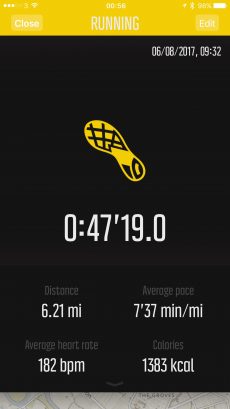
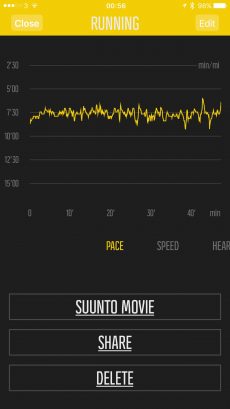
Back to the watch, the touchscreen display worked well in my testing, including in quite heavy rain and the toggle mode to keep the backlight lit is a nice feature. The side buttons are well sized and respond well for the all important start/stop/lap operations.
The watch user interface is intuitive and clean but is customisable in terms of watch face and colour, this is a nice touch.. Scrolling through other screens you get your loaded activity options inc daily steps/calories burned, navigation, logbook and settings.
Starting an activity is as easy as you could want, simply swipe or button up to the Exercise option, select your chosen default or configured Sport Mode (more on config later) and then hit start..
As I mentioned before, the 2017 iteration of the Spartan Sport (Wrist HR) features a Valencell optical heart rate sensor, Valencell being renowned by many as producing the worlds best and most accurate performance biometric sensors. The Spartan Wrist HR enables the ability to check your heart rate at any time and then monitor over a time period on the watch. A key point however is that I can't see anywhere in the Movescount app or www.movescount.com where this data is reported outside of specific activity tracking.
Battery life is perfectly acceptable, I was getting about 4-5 days between charges whilst using daily for workouts of 1-1.5 hours and notifications. That said, I have read reports that full day training with best accuracy GPS set etc would give you about 13 hours battery life, I didn't push the device this far in my short time with it however. Winding down on the GPS tracking frequency etc would obviously increase battery life here if needed.
I found GPS tracking to be good but like almost every other GPS device there are slight nuances on the tracking caused by coverage due to trees, high buildings etc, on the recent York 10k run the Suunto measured my distance at 6.17miles against the measured 10k/6.2mi course. The map also shows fairly tight to my route with only slight variations where I appear to have run in to the river for 10-15 metres and cut through the corner of the odd building.
It's in the sports and endurance arena where the Suunto Spartan Sport really shows it's strength and it's the Suunto site www.movescount.com which is the main control panel for all the activities and the functionality and usability of the site is very good. It's within the Movescount site where you can fully configure your Sport Modes for pretty much every sport, exercise and endurance activity you could need Running, Trail Running, Treadmill, HIIT, Cycling, Weights, Alpine Skiing, Yoga.. I could go on & on, there are 80+ activities which can be configured. A feature I like in a sports watch is the ability to configure screen layout to give you the exact data you want to see when trying, for instance for running I want to be able to see Current Pace, Distance, Lap Time and Heart Rate on my primary screen and then additional screen detailing cadence, interval average pace/HR etc.. The Suunto Spartan has this functionality by the bucket load! The heatmap feature within the Movescount site is something I really like, using the Suunto Movescount community to find new routes across different sports. I've found several routes in my local area which I hadn't previously considered and I can see this as being a really useful option when venturing to new locations. The site is also jam packed with tutorials so you really can get the best out of your device..
Sport Mode - Screen Configuration

In summary, I really like Suunto Spartan Sport WHR, its feature packed when used alongside the excellent Movescount site and sync'd to the watch via the Movescount app. My primary sport mode is Running and this covers every scenario I need whilst also giving me options as I venture much more into cycling and other sports.. Compatibility with Strava is good as well as MapmyFitness, TrainingPeaks plus others and the Suunto user community is thriving in terms of 3rd party apps covering a multitude of activity needs.
The price for the Suunto Spartan Sport WHR is good and can currently be found between £350-399 if you look around where in comparison to the Garmin Fenix 5 which although is richer in terms of features, packs in at around £100 more.. Given Suunto's responsiveness to its community feedback and it's quarterly commitment to feature and performance improvements then Suunto looks to be moving at pace in the right direction.
The Full Technical Specs are detailed on the Suunto site
I hope you've enjoyed reading this review, please leave some comments below or drop me a message on twitter: @campionuk or to chris@britishtechnetwork.com
Author

Chris Campion
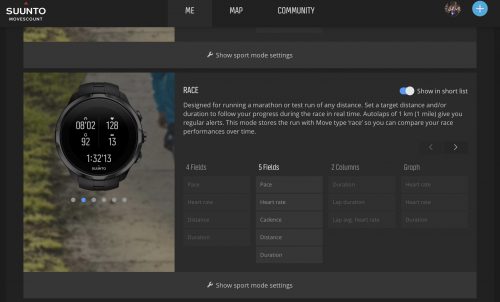
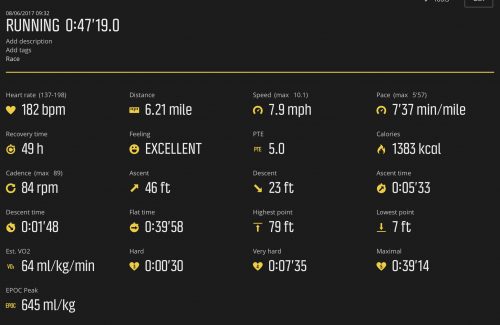
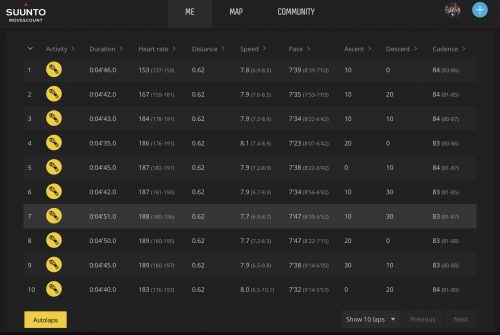
 The Ninja Foodi
The Ninja Foodi Rii RK100 Keyboard
Rii RK100 Keyboard Duke Nukem World Tour
Duke Nukem World Tour 2 Quid Wireless Charger
2 Quid Wireless Charger Streets of Rage 4
Streets of Rage 4